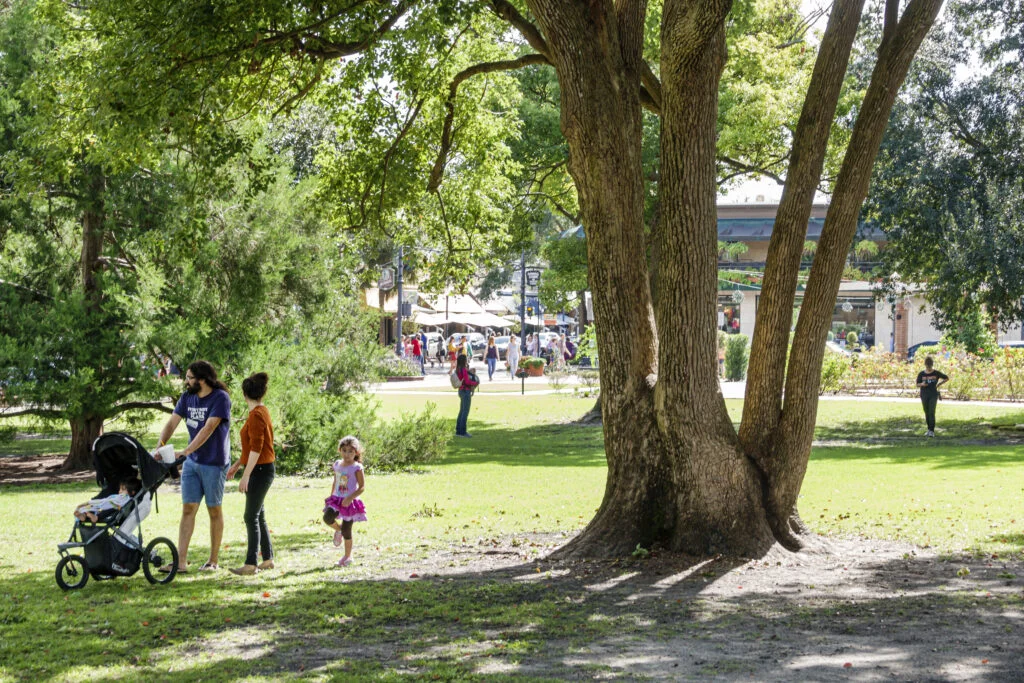
Balancing Nature and Community: How Urban Parks Can Thrive for Wildlife and People
As urban areas expand, the challenge of maintaining a harmonious balance between human recreation and wildlife preservation becomes increasingly important. A groundbreaking study from the University of Florida sheds light on how urban parks can be designed to benefit both. Given that more than 440 national and 7,400 urban parks exist across the United States, understanding how to create spaces that cater to both human needs and biodiversity is crucial.
Recent research analyzed over 600 urban parks in Broward County, Florida. It revealed that the size of green spaces is a significant predictor of biodiversity and human enjoyment. Corey Callaghan, a senior author of the study, stated, "Importantly, our findings highlight that green spaces need to be carefully designed to support biodiversity, but also a mix of green spaces with different goals is important." This means that parks with large natural areas can accommodate both wildlife and recreational activities.

However, the study also highlighted a conflict: areas like sports fields and playgrounds, while beneficial for community use, can detract from habitat quality for local wildlife. For example, frequent lawn mowing can harm pollinators, while sports lighting can disrupt nocturnal species. There’s a clear message emerging: the layout and features of urban parks must be designed with both human enjoyment and wildlife needs in mind.
Potential solutions include incorporating native plants, creating tree canopies, and designing mixed-use parks that provide critical habitats for wildlife while accommodating recreational facilities. These strategies can promote coexistence, illustrating that it is possible to foster biodiversity even within urban landscapes.
Citizen science initiatives, like iNaturalist, are also proving invaluable. They empower the community to engage with local biodiversity, allowing people to document species in urban parks. This collective effort can yield vital data for researchers and city planners, helping to shape park features that serve both nature and the populace effectively.
As cities continue to grow, the necessity of inclusive and ecologically functional green spaces becomes paramount. Our cities can thrive only when their parks are designed to work for both humans and wildlife. As Callaghan aptly points out, "As cities continue to expand, we need to ensure our greenspaces are working harder for both people and biodiversity." What can your local parks do to support wildlife? Share your thoughts in the comments below and let’s inspire change together.